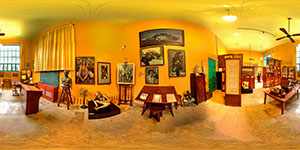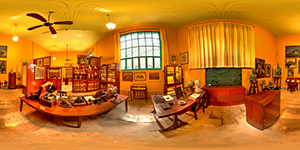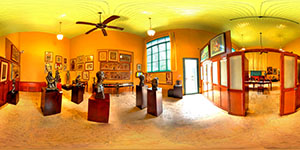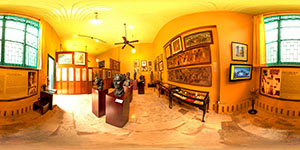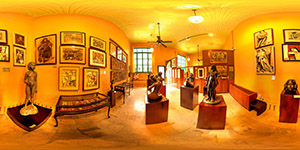Established according to the art museum project Bhirasri Anusorn Through a collaboration between students and close people, Professor Silpa Bhirasri to commemorate his honor as the founder of the study of modern art. Contemporary art in Thailand And the founder of Silpakorn University Officially opened on September 15, 1984, then assigned to the Fine Arts Department to be in charge and management. Until it was established as the Silpa Bhirasri Memorial National Museum in 1987
Inside the permanent exhibition is divided into 2 parts:
The first part, the outer room, showcases the paintings, sculptures and prints of close students.
In the second section, the inner room exhibits Professor Silpa Bhirasri’s tools as well as important monuments and sculptures. There is also a rare book, a book that Professor of Arts. Bhirasri is used for researching Western art. Provide services to visitors in the exhibition room
Services
Group tour service (Must make a book before requesting to visit)
Admission Fee
No admission fee.
Contact Information
Fine Arts Department, Na Phra That Road Grand Palace, Phra Nakhon District, Bangkok 10200
Phone / Fax: 0-2223-6162
Business hours Monday – Friday 09.00 – 16.00
 Eng
Eng
 ไทย
ไทย

